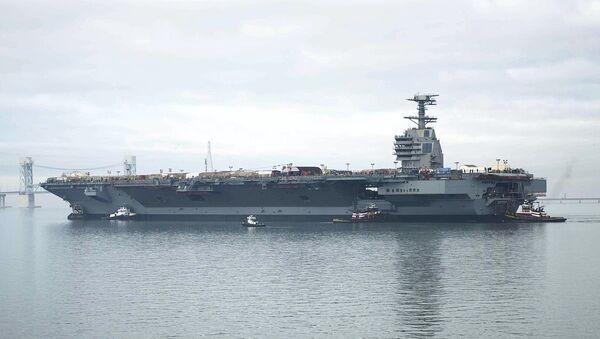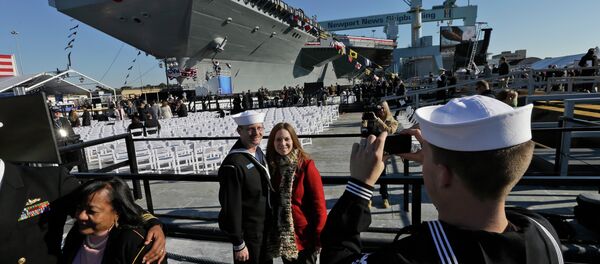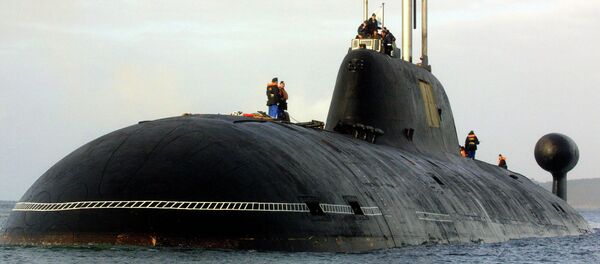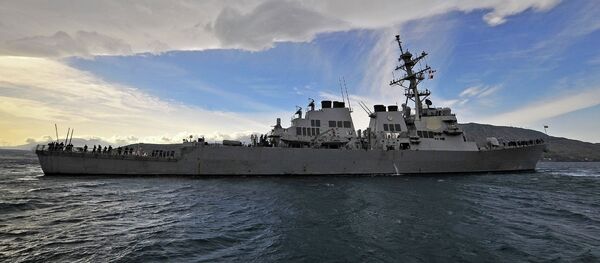At a cost of some $13 billion, the USS Gerald R. Ford (CVN-78) is the Pentagon’s most expensive warship. It has already exceeded its initial budget by $2 billion and experienced multiple delays. While the latest estimates suggested that the aircraft carrier would be ready by November of this year, this could be extended even further.
"The current estimated delivery data is in November 2016," a spokeswoman for the Navy, Capt. Thurraya S. Kent, told Military.com. "If additional issues arise during the remaining shipboard testing, that date may need to be revised."
The primary cause is a series of problems with the ship’s runway capabilities, munitions movement, and defense capabilities, as detailed in a US Defense Department memo revealed last week.
"Unless these issues are resolved, which would likely require redesigning, they will significantly limit the CVN-78’s ability to conduct combat operations," Michael Gilmore, DoD director of operational test and evaluation, wrote to Frank Kendall and Sean Stackley, weapons buyers for the Pentagon and Navy.
The Ford’s arresting gear, the devices used to catch landing aircraft, launch system, and even the elevators used to move munitions between decks, have all demonstrated a lack of reliability during tests.
"Steady progress is being made to retire technical issues," Kent said.
"EMALS [electromagnetic aircraft launch system] testing was successfully completed in May 2016 and testing of DBR [dual band radar] and AAG [advanced arresting gear] are projected to complete in time to support upcoming sea trials and first aircraft operations scheduled for early next year."
The delays have faced criticism from US government officials, particularly from Senator John McCain (R-AZ).
"The advanced arresting gear cannot recover airplanes. Advanced weapons elevators cannot lift munitions. The dual-band radar cannot integrate two radar bands," he said in a statement.
"Even if everything goes according to the Navy’s plan, CVN-78 will be delivered with multiple systems unproven."
Despite problems perfecting existing systems, defense analyst Kyle Mizokami suggested that the USS Ford could also incorporate 3D printing technology in order to produce drones while at sea.
"A 3D printer capable of making aircraft fuselages, coupled with stores of pre-assembled aircraft components would enable the ship to build its own combat drones," he wrote for The Week.
"The carrier becomes not just a floating airport, but a floating airplane factory."
Given the Navy’s troubles with traditional systems, turning the Ford into a cutting-edge mobile production facility sounds not a little bit like science fiction.





